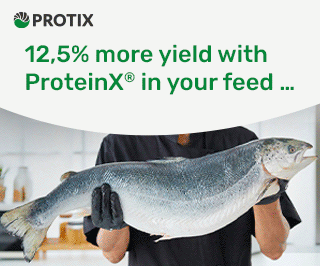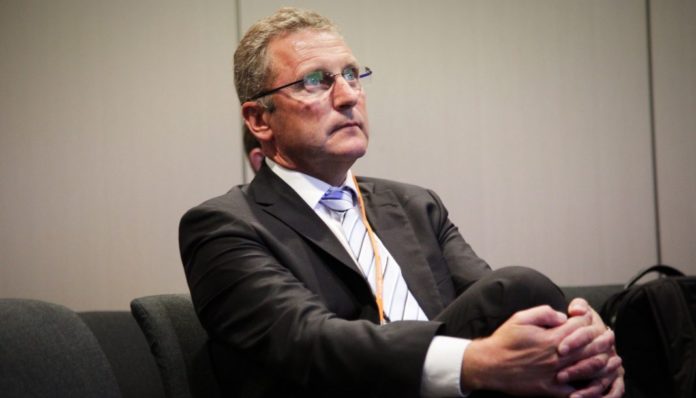Grieg Seafood reported an operational EBIT loss of NOK 175 million ($16.03 million) in Q3 2024, compared to NOK -86 million ($7.87 million) in the same period last year.
The EBIT per kilogram worsened to NOK -9.8 ($0.90) from NOK -7.0 ($0.64), despite a 45% increase in harvest volume to 17,806 tonnes.
CEO Andreas Kvame acknowledged the mixed results, attributing the financial setback to seasonal price fluctuations and biological challenges, particularly in British Columbia. “While the quarter presented significant headwinds, especially in Canada, our Norwegian operations delivered record-high production levels, supported by strong biological performance. We remain committed to driving sustainable growth through proactive investment and operational resilience,” Kvame said.
The company highlighted strong performance in its Norwegian regions. Rogaland recorded a harvest of 8,543 tonnes, up 79% year-on-year, with operational EBIT per kilogram improving to NOK 8.8 ($0.81). Finnmark also saw improved biological outcomes, including a superior fish grade of 97%, though lower harvest weights led to an EBIT per kilogram of NOK -1.0 ($0.09).
In British Columbia, algae blooms and low dissolved oxygen levels significantly affected operations, resulting in a 47% drop in harvest volumes to 3,217 tonnes and an EBIT per kilogram of NOK -67.7 ($6.20). Newfoundland operations, meanwhile, progressed according to plan, with no harvests recorded during the quarter but preparations underway for future growth.
Looking ahead, Grieg Seafood reiterated its full-year harvest guidance of 78,500 tonnes for 2024, with expectations of 24,400 tonnes in Q4, including 11,400 tonnes from Finnmark and 7,300 tonnes from Rogaland. For 2025, the company projects a total harvest of 84,000 tonnes, reflecting expansions in Norway and Newfoundland.
To bolster its financial position, the company secured a NOK 750 million ($68.73 million) bridge loan facility in Q4. This funding will support ongoing projects, including post-smolt facilities in Finnmark and Newfoundland, as well as a value-added processing plant in Gardermoen.
Grieg Seafood also reported that global supply for Atlantic salmon is expected to grow modestly in 2024, supporting demand and favourable pricing. However, near-term challenges, such as jellyfish outbreaks in Finnmark during Q4, could impact costs and harvest weights.



